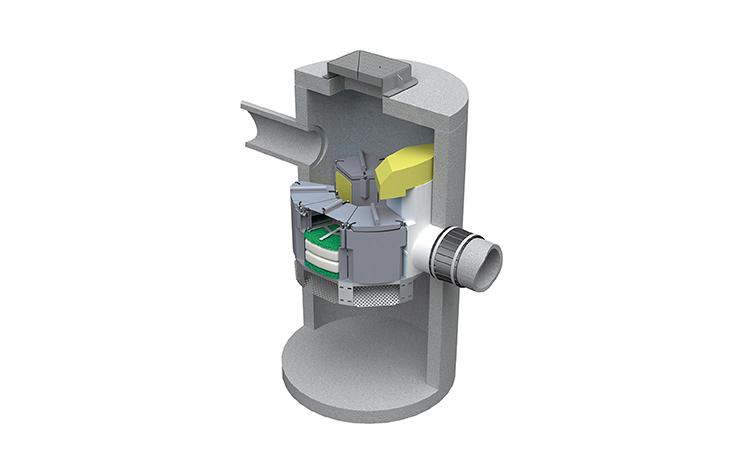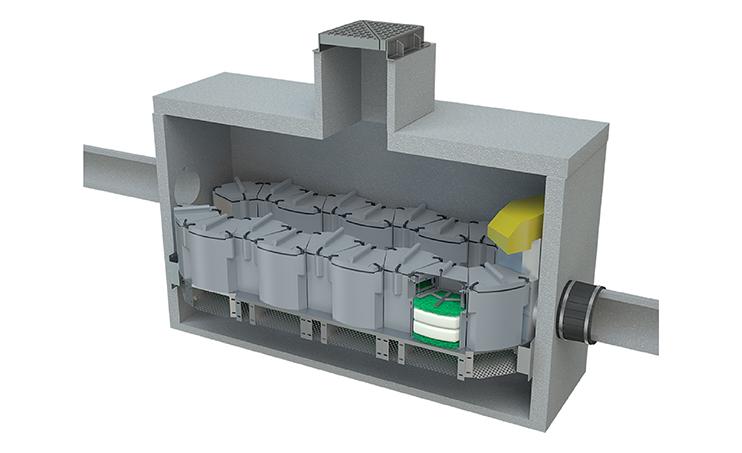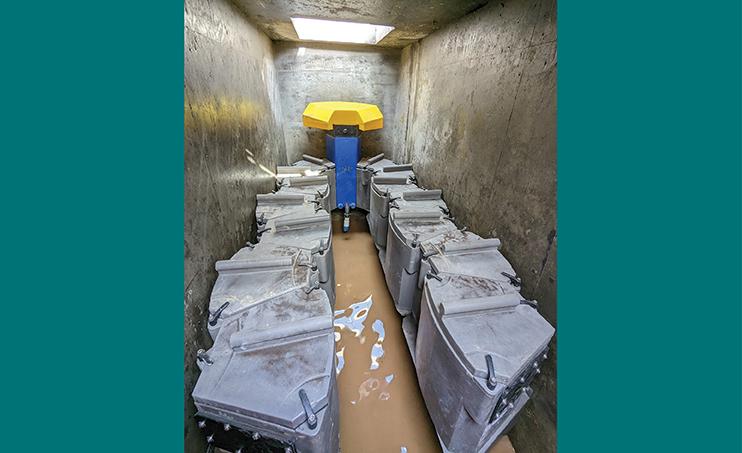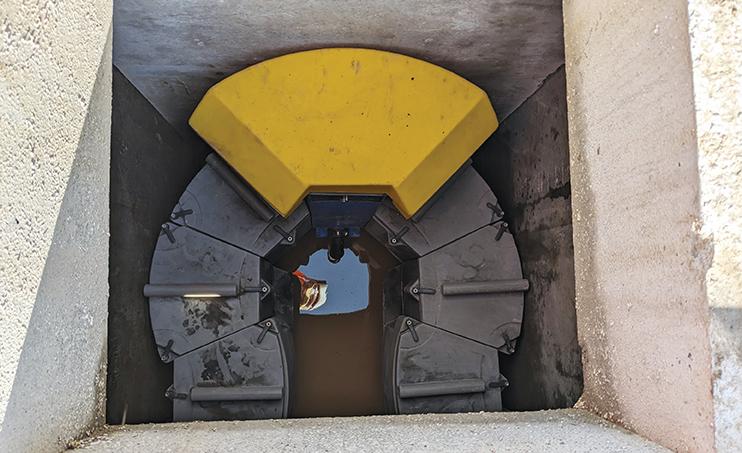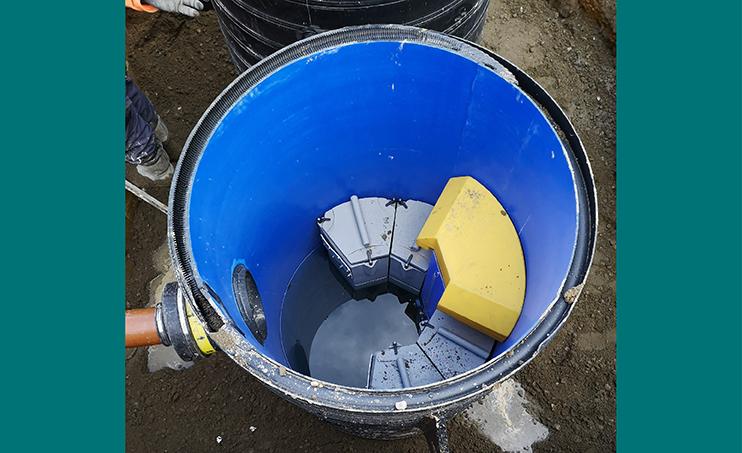Up-Flo® Filter
Capture sediment, heavy metals, oil and nutrients from stormwater while reducing your site footprint and cutting maintenance costs.
Schedule a lunch and learn with one of our stormwater experts. Broaden your technology knowledge base and earn 1.0 PDH.
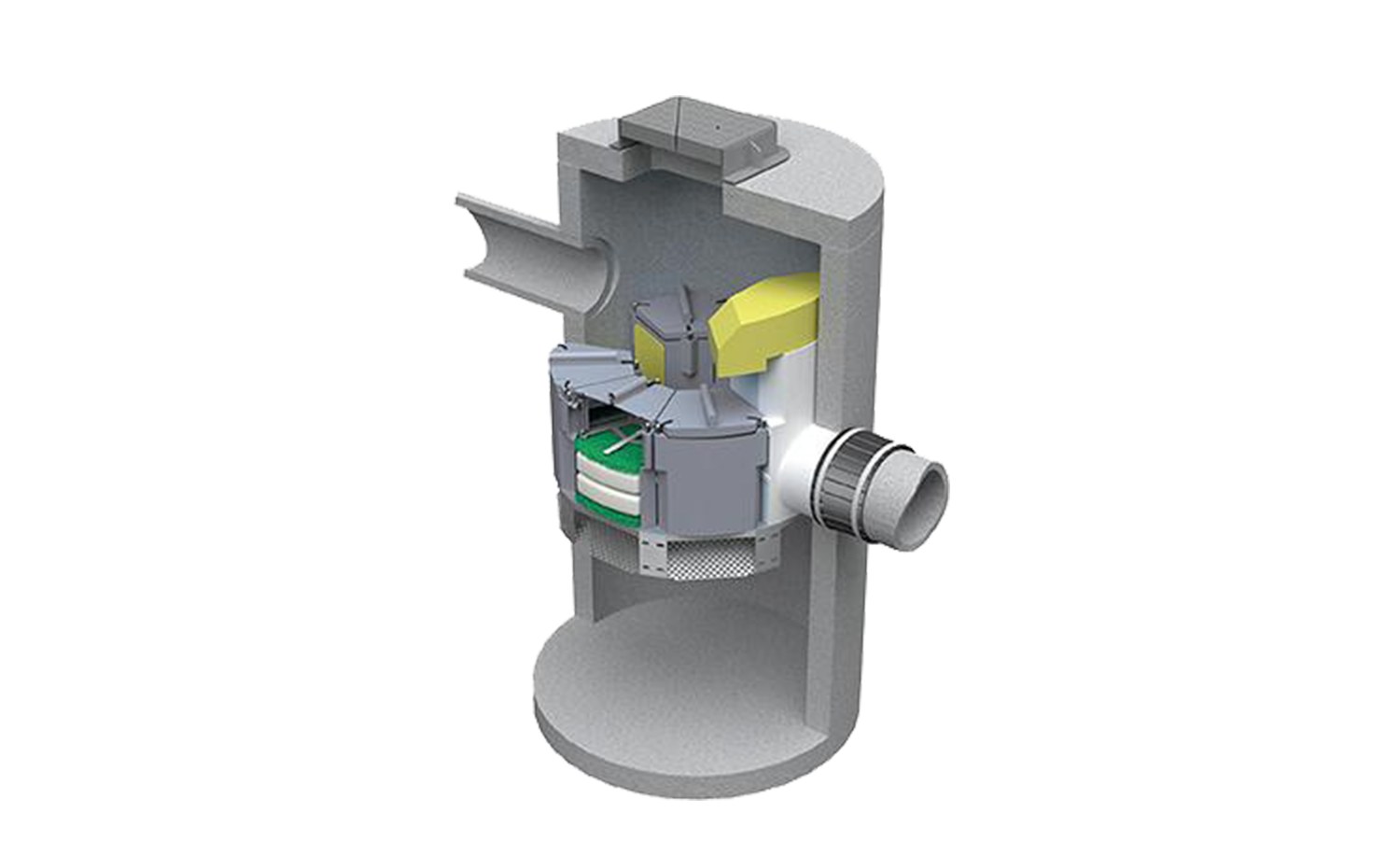
Overview
Up-Flo Filter is an advanced stormwater treatment system that combines sedimentation and screening with filtration to deliver exceptional surface water pollution removal. Verified to remove 80% TSS but with demonstrated removal rates up to 98%, only the Up-Flo Filter was developed in collaboration with the US Environmental Protection Agency. Up-Flo Filter is an advanced stormwater best management practice (BMP) that combines sedimentation and screening with filtration to capture sediment, oils, heavy metals and nutrients from stormwater runoff, achieving total suspended solids (TSS) removal rates of up to 98%. Up-Flo Filter is a flexible, high-performance treatment solution that can be customized to meet US National Permit Discharge Elimination System (NPDES) requirements specific to a municipality or state. Designed with efficiency, longevity and upkeep in mind, the Up-Flo Filter has high loading rates and long media life, which means you'll get high quality water treatment for longer periods between servicings. Want to learn more? Request a Lunch & Learn.
Features
Benefits
Deliver exceptional treatment on any catchment
The Up-Flo Filter’s modular filtration components allow you to adapt your design to meet the needs of any catchment area, capturing the specific levels of trash, silt and sediment, oils, metals and nutrients required.
Get two-stage treatment in a single unit
The Up-Flo Filter combines pretreatment, screening and filtration, delivering highly efficient multi-stage treatment in one device.
Save site space
The Up-Flo Filter’s higher loading rates result in a smaller treatment footprint, which saves construction time and money, and makes for an easier installation.
Cut maintenance
No moving parts means that there’s less opportunity for treatment disruption or breakage, while the system design is suited to long-term maintenance. Longer media life means you can go longer between service, and media bags are easily removed and replaced while media cartridge modules stay put during maintenance.
Applications
The Up-Flo Filter is perfectly suited to industrial sites, locations contributing runoff to wetlands/protected regions, or any area requiring a high level of treatment.
- Remove solids, nutrients and metals from runoff
- Source control for redevelopment or new construction
- Treatment of Water Quality Volume detention systems
- Sites operating under industrial or multi-sector general permits
- Low-impact development (LID), LEED and water-sensitive urban design (WSUD) projects
Targeted pollutants
- Very fine particles
- Trash and floatables
- Liquid and sediment bound hydrocarbons
- Sediment bound heavy metals
- Sediment bound nutrients
Approvals, Certifications & Verifications
- New Jersey Corporation for Advanced Technology (NJCAT)
- NJDEP Certification
- Washington State Technology Assessment Protocol – Ecology (TAPE) General Use Level Designation (GULD)
- Virginia Department of Environmental Quality BMP Clearinghouse (Ribbons) 50% phosphorus removal
- Virginia Department of Environmental Quality BMP Clearinghouse (CPZ) 40% phosphorus removal
- Virginia Department of Environmental Quality BMP Clearinghouse (EMC) 40% phosphorus removal
- California Water Boards Full Trash Capture
- Florida Department of Environmental Protection
- ISO 14034 Verified to Satisfy ETV Canada Requirements
- Pennsylvania Department of Environmental Protection
- Texas Commission of Environmental Quality
How It Works
- Stormwater enters the chamber via an inlet pipe or inlet grate and fills the chamber, as flow is directed up through the angled screen and Filter Modules.
- Trash, gross debris and sediment settle out in the sump. Oil and floatables rise to the surface of the water.
- Treated water flows out of the Filter Module to the Outlet Module and into the outlet pipe.
- Excess flows are discharged to the outlet using a Siphonic Bypass, which also acts as a floatables baffle preventing the escape of oil and floatable trash.
- To guard against pollutant leaching and filter media degradation between storm events, water drains out of the chamber through the filtered Drain Down Port as the storm subsides.
